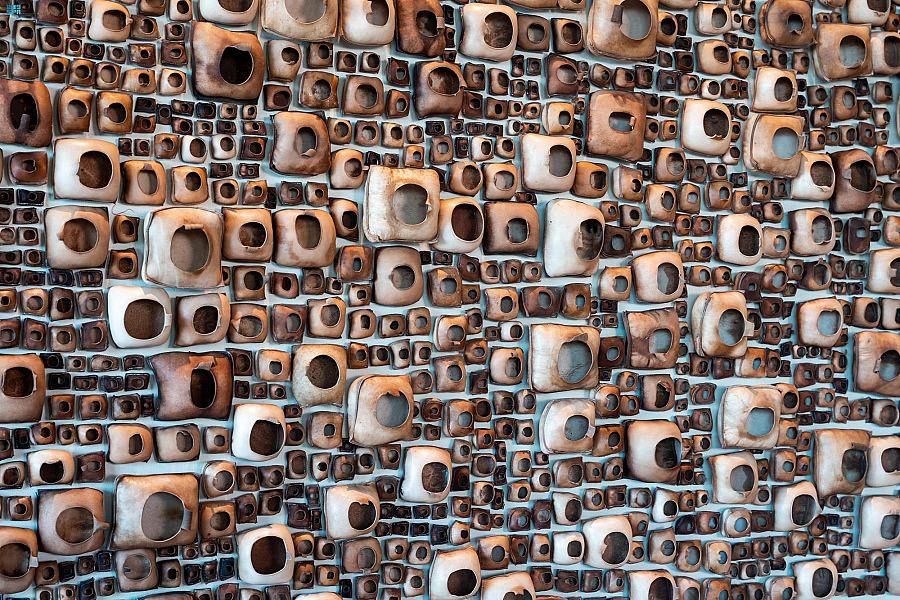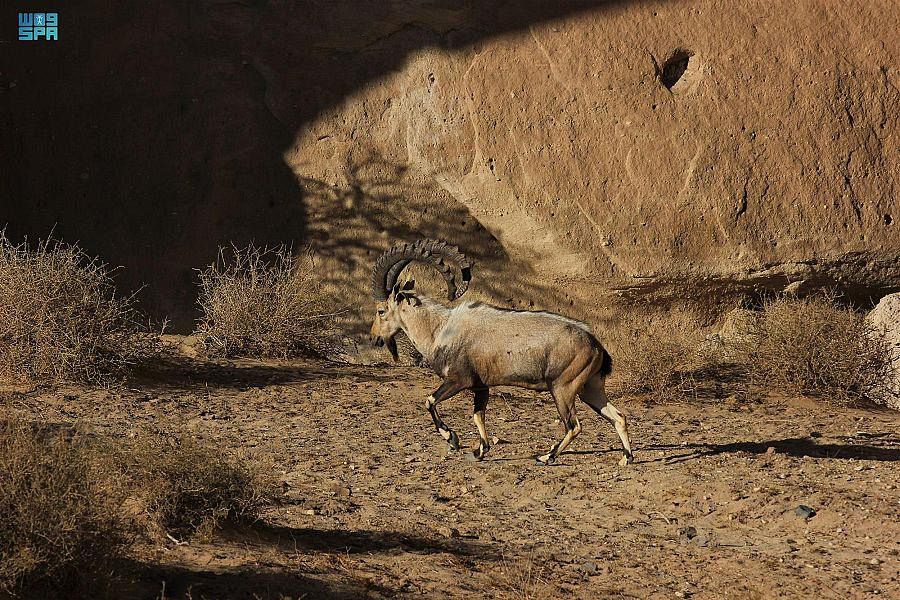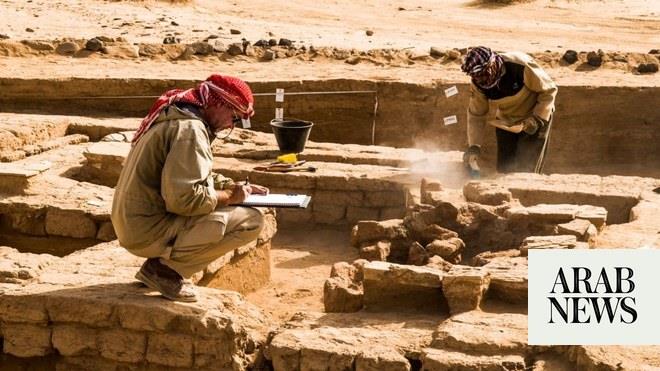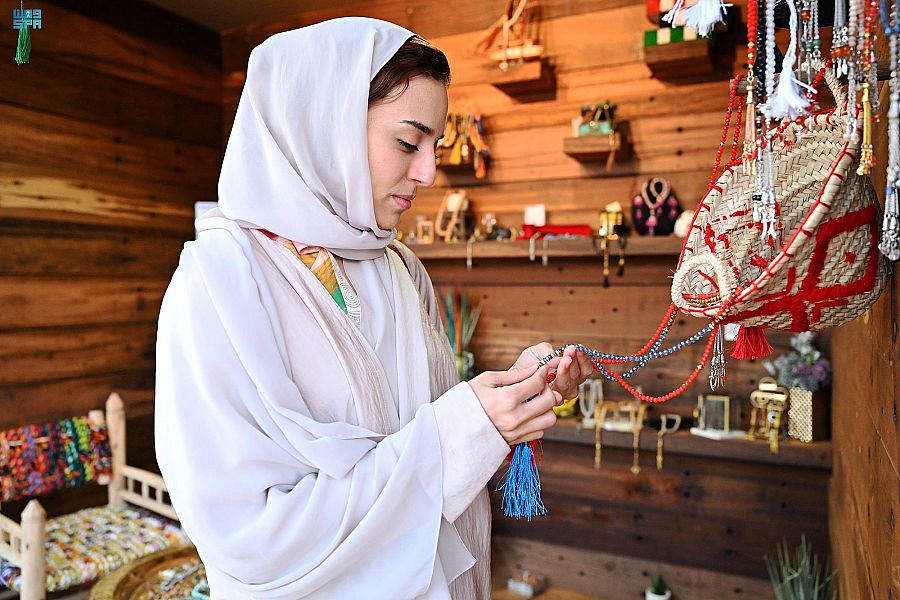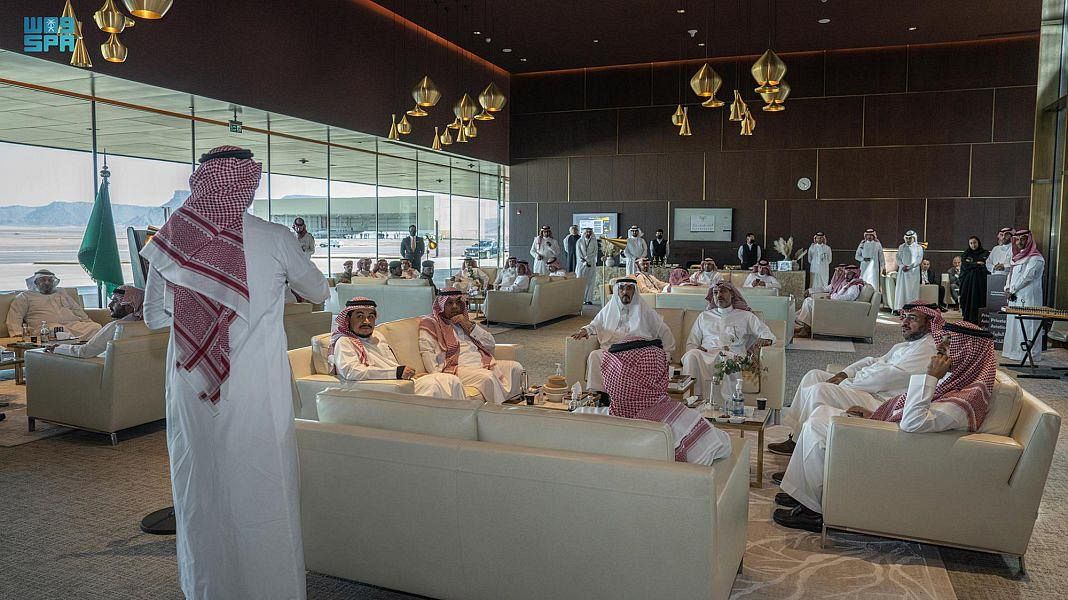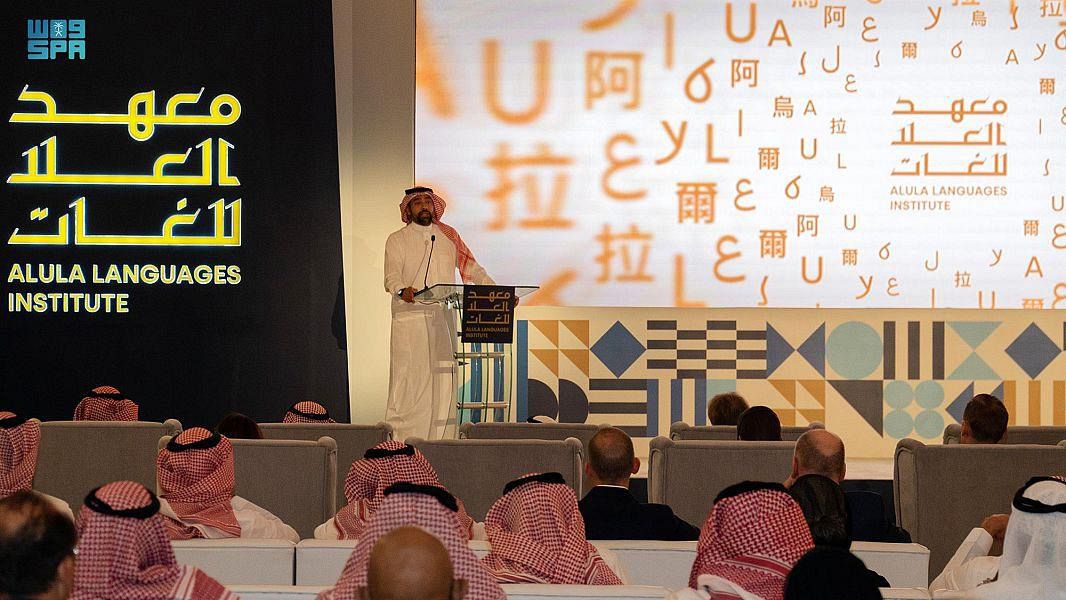
A team of scientists, experts, and cultural heritage conservation technicians are investigating the factors leading to the deterioration of the ancient carved tombs in Hegra
Beyond its 110 monumental tombs, inscriptions, monuments, and rock-cut chambers, Hegra thrived as a center of trade and culture
JEDDAH: The Royal Commission for AlUla has launched the Hegra Conservation Project in collaboration with the Italian company Estia, which has 30 years of experience in the field.
Hegra is the first Saudi archeological site on UNESCO’s World Heritage List.
Led by Prof. Mauro Matteini, former director of the Italian National Research Council, a team of scientists, experts, and cultural heritage conservation technicians are investigating the factors leading to the deterioration of the ancient carved tombs in Hegra, which are over 2000 years old.
The primary goal of the project is to identify the causes of degradation and devise measures that ensure their long-term preservation; the project will end by 2025.
Hegra Conservation Project gives the chance to share the beauty of antiquities in AlUla. The technical and scientific aspects of the work to preserve them can be found in the project’s website (www.hegraconservation.com) and its social media platforms.
The Hegra Archaeological Site, a distinguished historical site in the Kingdom, features carved tombs dating back to the Nabataean era. Originating in the mid-1st century B.C., Hegra showcases the Nabataeans’ pioneering spirit and hydraulic expertise, evident in over 130 wells that preserved essential water resources for thriving communities in northern Arabia.
Beyond its 110 monumental tombs, inscriptions, monuments, and rock-cut chambers, Hegra thrived as a center of trade and culture. The Nabataeans controlled trade routes through Arabia, Jordan, the Mediterranean, Egypt, Syria, and Mesopotamia, mastering the incense and spice trades.
Hegra’s legacy intertwines the stories of the Nabataeans, Dadanites, and Lihyanites, revealing cultural exchanges in architecture, decoration, language use, and caravan trade. After becoming part of the Roman province of Arabia in 106 A.D., Hegra incorporated a Roman fort into its city wall, leaving a lasting influence on defensive structures.
Reopened to the public in 2020, Hegra attracts visitors exploring the secrets of the Nabataean Kingdom’s second principal city. It unravels the mysteries left behind by ancient civilizations, offering a mesmerizing on-site experience with Roman influences and diverse historical narratives.




